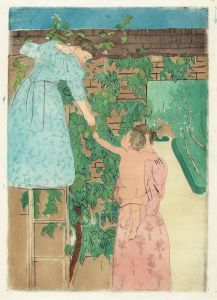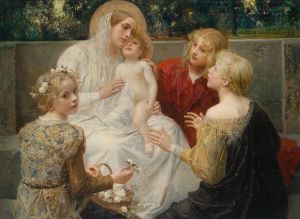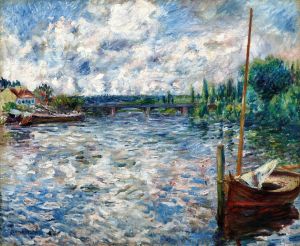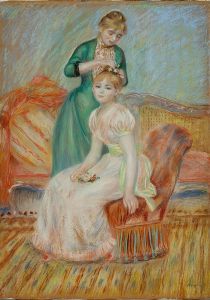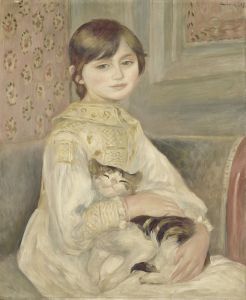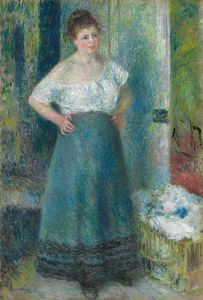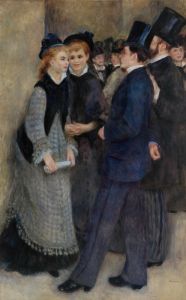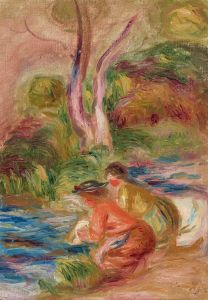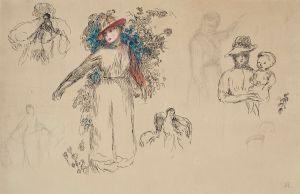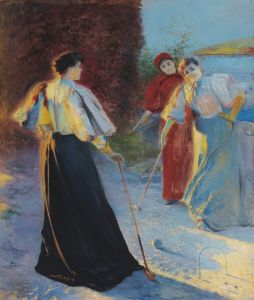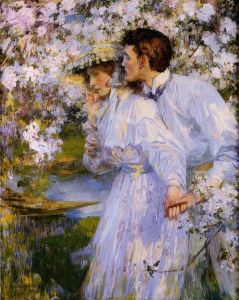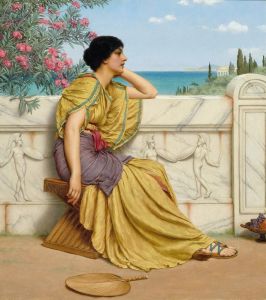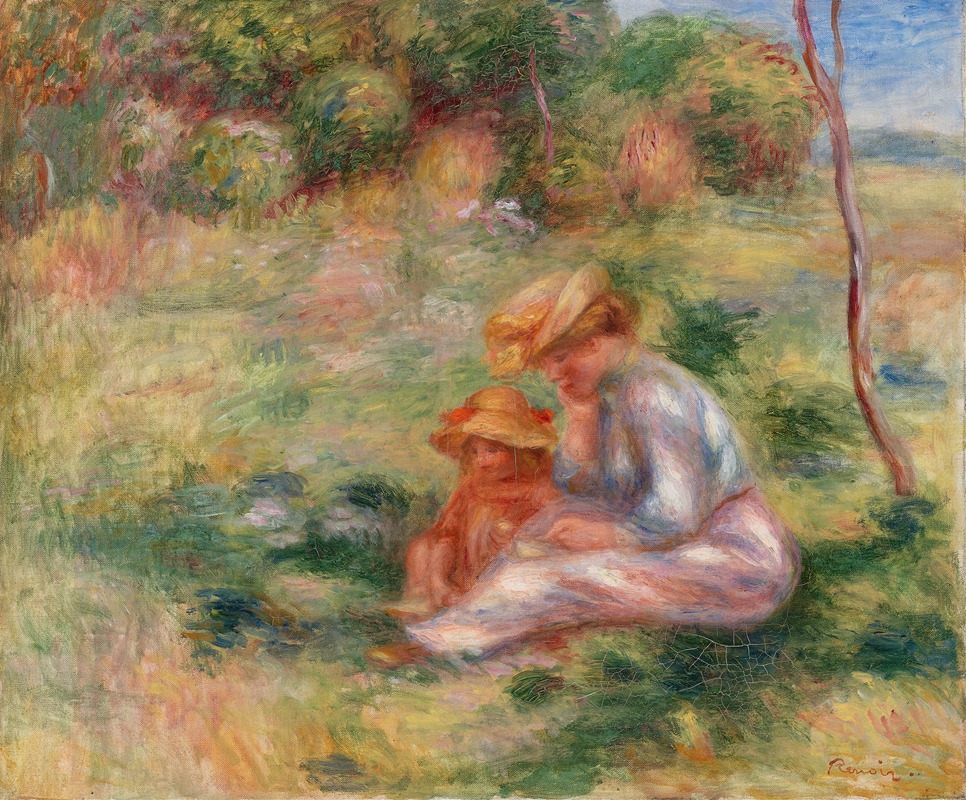
Woman and Child in the Grass
A hand-painted replica of Pierre-Auguste Renoir’s masterpiece Woman and Child in the Grass, meticulously crafted by professional artists to capture the true essence of the original. Each piece is created with museum-quality canvas and rare mineral pigments, carefully painted by experienced artists with delicate brushstrokes and rich, layered colors to perfectly recreate the texture of the original artwork. Unlike machine-printed reproductions, this hand-painted version brings the painting to life, infused with the artist’s emotions and skill in every stroke. Whether for personal collection or home decoration, it instantly elevates the artistic atmosphere of any space.
"Woman and Child in the Grass" is a painting by the renowned French artist Pierre-Auguste Renoir, a leading figure in the Impressionist movement. Renoir, known for his vibrant light and saturated color, often focused on people in intimate and candid compositions. This particular painting exemplifies his ability to capture the warmth and tenderness of human relationships, a recurring theme in his work.
Created in 1876, during a period when Renoir was deeply involved with the Impressionist group, "Woman and Child in the Grass" reflects the artist's interest in depicting leisurely scenes of contemporary life. The painting features a woman and a child sitting together in a grassy field, a setting that allows Renoir to explore the effects of natural light and shadow. The use of loose brushwork and a bright palette is characteristic of Renoir's style during this time, emphasizing the spontaneity and immediacy of the moment.
Renoir's choice of subject matter—a woman and child—highlights his fascination with domestic and familial themes. The relaxed pose of the figures and the serene outdoor setting suggest a moment of tranquility and connection, capturing the essence of a simple yet profound human experience. The painting's composition, with its focus on the figures amidst a lush landscape, demonstrates Renoir's skill in balancing detail with a sense of movement and life.
The Impressionist movement, which Renoir helped to pioneer, sought to break away from the rigid conventions of academic painting. Instead of historical or mythological subjects, Impressionists like Renoir preferred scenes from everyday life, painted with an emphasis on light and color rather than precise detail. "Woman and Child in the Grass" embodies these principles, showcasing Renoir's ability to convey the fleeting beauty of a moment through his innovative use of color and form.
Renoir's work during the 1870s, including "Woman and Child in the Grass," was instrumental in establishing his reputation as a master of Impressionism. His paintings from this period are celebrated for their joyful depiction of life and their technical brilliance. Renoir's ability to infuse his scenes with warmth and vitality has made his work enduringly popular, and "Woman and Child in the Grass" is no exception.
Today, Renoir's paintings are held in high regard and can be found in major museums and private collections around the world. "Woman and Child in the Grass" continues to be appreciated for its artistic merit and its insight into the Impressionist movement. Renoir's legacy as a painter who captured the beauty of everyday life remains influential, and his work continues to inspire artists and art lovers alike.
In summary, "Woman and Child in the Grass" is a testament to Pierre-Auguste Renoir's skill as an artist and his contribution to the Impressionist movement. Through his innovative use of color and light, Renoir was able to capture the essence of human relationships and the beauty of the natural world, leaving a lasting impact on the art world.





